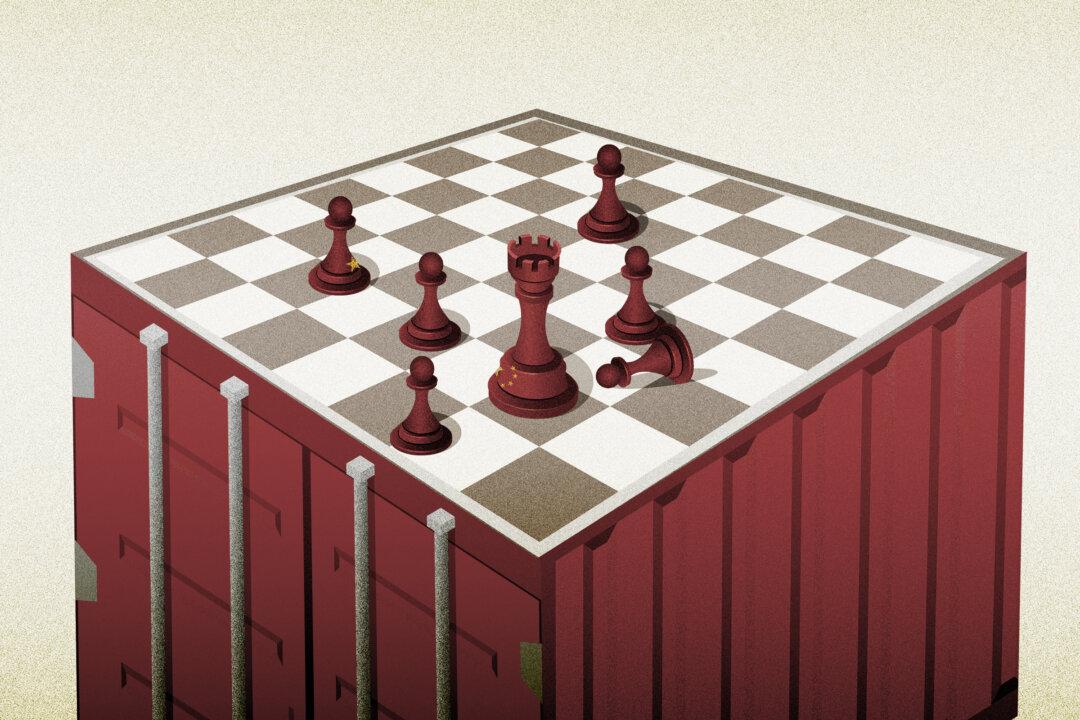WASHINGTON—The Trump administration has stepped up efforts to protect American farmers who face a large negative impact from the U.S.-China trade war, announcing a new $16 billion aid package in an effort to keep the farmers afloat.
“The $16 billion in funds will help keep our cherished farms thriving and make clear that no country has a veto on America’s economic and national security,” President Donald Trump said May 23 during his meeting with farmers and ranchers at the White House.
Trump suggested China would be paying for the aid.
“It all comes from China,” he said. “We will be taking in, over a period of time, hundreds of billions of dollars in tariffs and charges to China.”
The new aid package is the second bailout for farmers. In 2018, the Trump administration announced $12 billion in assistance to farmers to offset their losses from the tariffs.
Trump accused China of targeting U.S. farmers since the beginning of the trade conflict in 2018.
“They took an ad in a newspaper from Iowa, a big ad, saying lots of bad things about the administration, about the fact that we’re negotiating too tough,” he said. “But they steal intellectual property, by the billions.”
Trump voiced optimism about reaching a trade deal with Beijing, despite renewed tariff tensions.
“I remain hopeful that at some point, we'll probably get together with China,” he said. “If it happens, great. If it doesn’t happen, that’s fine. That’s absolutely fine.”
He said he would see Chinese leader Xi Jinping at the end of June during the G-20 summit in Osaka, Japan.
Trump also called for a “united front” against China to achieve maximum results for the American people.
‘New Long March’
Trump’s remarks came after Xi, on May 20, called on citizens to begin a “new long march” as trade tensions grow. The long march referred to a yearlong retreat undertaken by the Red Armies of the Chinese Communist Party in 1934. It’s credited in communist propaganda with saving the Red Army.“We must start all over again,” Xi said. Although he didn’t mention escalation of the trade war with Washington, his remarks were interpreted as a clear indication that Beijing would not cave to U.S. demands soon.
Tensions rose between the United States and China in early May, after Beijing backtracked on its commitments to make sweeping structural reforms. The latest round of talks ended with no resolution, prompting the Trump administration to slap the new tariffs on China, and China to retaliate with tariffs of its own.
China’s retaliatory tariffs since last year have affected a host of U.S. commodities, including soybeans, corn, wheat, cotton, rice, and sorghum, as well as livestock products such as milk and pork. Tariffs have also had an impact on exports of fruit, nuts, and other crops.
Soybean farmers have been among those hit hardest, as they alone accounted for 10 percent of total U.S. exports to China in 2017.
The Trump administration agreed on May 17 to lift U.S. tariffs on steel and aluminum from Canada and Mexico, which was welcome news for U.S. farmers who have been hit by retaliatory tariffs. Japan has also agreed to lift restrictions on U.S. beef exports.
Treasury Secretary Steven Mnuchin voiced optimism May 22 about reaching a trade deal with Beijing. Appearing before the House Financial Services Committee, Mnuchin said China took a “big step backwards.”
“Sometimes you’ve got to go backwards before you go forward. So I’m still hopeful we can get back to the table.”
On May 10, Washington raised duties on $200 billion in Chinese products to 25 percent from 10 percent. And Beijing announced on May 13 it would raise tariffs on $60 billion in U.S. goods in retaliation. The Trump administration is planning to slap tariffs up to 25 percent on the remaining list of Chinese imports, worth about $300 billion.
Mnuchin said the next round of tariffs would not be applied “for another 30 to 45 days.”





